- AI

Artificial Intelligence

Smart Products & Services
We follow Smart Products & Services

Intelligent Business Functions & Processes
We follow Intelligent Business Functions & Processes

Robotic Process Automation
We follow Robotic Process Automation

Personalized
healthcareWe follow Personalized healthcare

Identifying at-risk patients
We follow Identifying at-risk patients

Optimized routing and scheduling
We follow Optimized routing and scheduling
- ML

Machine Learning

Predictive
AnalyticsWe follow Predictive Analytics

Service Personalization
We follow Service Personalization

NLP
We follow NLP (Natural Language Processing)

Stock Market Forecasting
We follow Stock Market Forecasting

Fraud Prevention
We follow Fraud Prevention

Recommender engines
We follow Recommender engines
- blockchain
- IOT

Internet of Things
- AR
- Business Solutions

Business Solution

Business Performance Management
We follow Business Performance Management

Decision Making & Big Data Analytics
We follow Decision Making & Big Data Analytics

Enterprise Data Management
We follow Enterprise Data Management
- Apps

Apps

Native Apps
We follow Native Apps

Cross Platform Apps
We follow Cross Platform Apps

Web Apps
We follow Web Apps

Hybrid Apps
We follow Hybrid Apps

Cloud Native Apps
We follow Cloud Native Apps
- Lab
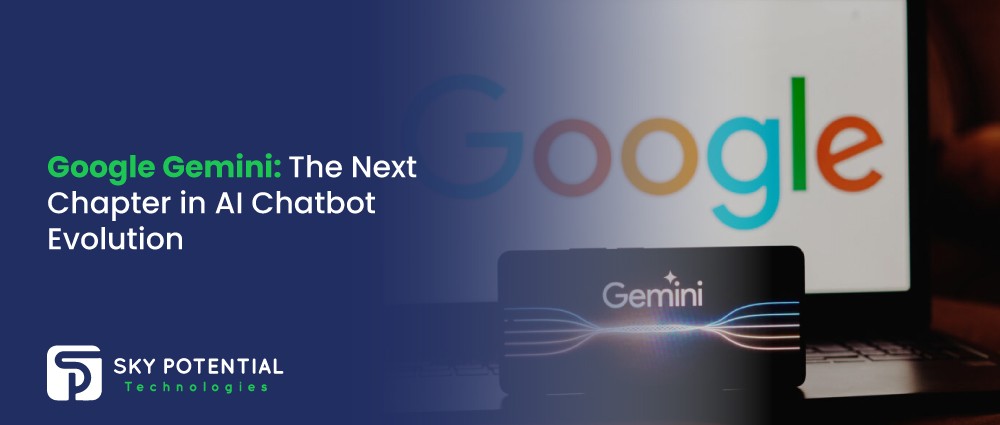
Google Gemini: The Next Chapter in AI Chatbot Evolution
Across the world, people are starting to accept AI gracefully. Many conversational techs powered by artificial intelligence (AI) have emerged since 2023.
Among the major ones are OpenAI chatGPT and Google Bard, which are chatbots that leverage large language models. People love it because it allows them to have casual, friendly chats that feel more personal via texting or generating prompts.
No matter how much focus there is on ChatGPT, Google Bard holds the second position in AI-driven conversational technologies.
As digitalisation goes forward speedily, Bard has become well-known for its ability to assist users in customising their chats via needed length, detail level, format, style, and language.
Google Bard, now known as Gemini, plays a major role in changing how people use AI chatbots.
This blog is all about Bard: What it is, how it operates, its competitors, and more. We will also discuss the reasons for the name change to Gemini.
Let’s delve into it!
What is Google Bard?
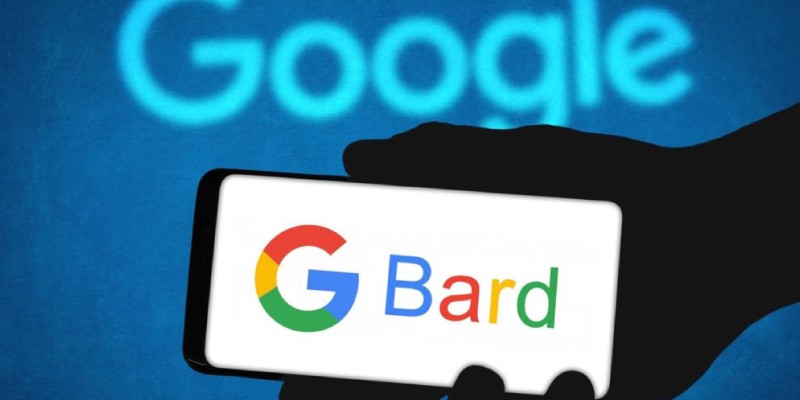
Google has developed the free experimental AI chatbot Bard.
It examines data obtained from the internet. It then get the information from the internet and uses that to talk to people and answer their questions.
Google intentionally developed it as a supplementary feature to Search, not as a substitute. Users can access Google’s search engine through the Bard interface to delve deeper into the responses.
Bard, instead of keyword-based search engines, can process natural language processes (NLP).
To deal with OpenAI’s ChatGPT and Microsoft’s Bing Chat, both of which were built utilising GPT technology, Google gave Bard.
Google launched Bard on March 21, 2023, and a waitlist invitation accompanies it. Some people were also invited to be public beta testers for Google Bard.
Google removed the waitlist on May 10. Bard is accessible in more than two hundred countries and territories worldwide.
How does Google Bard operate?
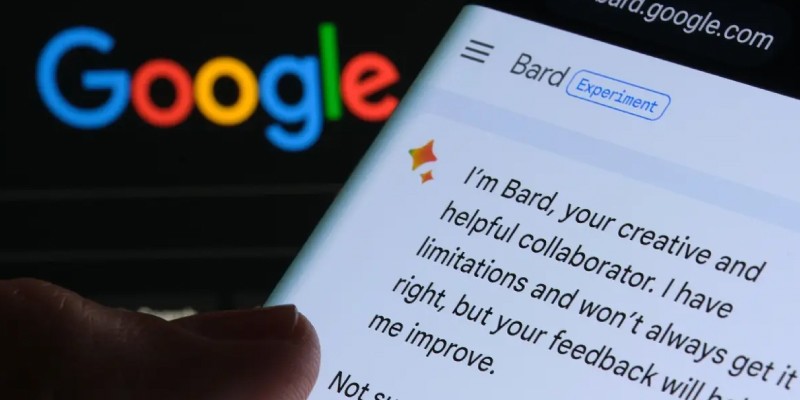
AI-generated Google Bard is an automaton.
A chatbot is a software that simulates user conversations using artificial intelligence (AI) to comprehend human language. The term “generative” denotes the capability to generate unique content.
It examines a user request to determine the intent of the input. It then generates an appropriate response.
A domain within computer science known as natural language processing (NLP) that chatbots use.
To determine the meaning of words, NLP analyses their context. It generates an appropriate reply by the command it receives.
In addition, Bard applies a large language model (LLM) to enhance the naturalness of its responses.
An LLM is an AI based computer programme to recognise and produce human language. It learns by examining vast text and data, including news articles, books, documents, and websites.
The LLM utilises this analysis to identify patterns and forecast the probable subsequent words in a series. It performs tasks such as responding to questions and following instructions in this manner.
Bard commenced his academic journey by obtaining an LLM in Language Model for Dialogue Applications (LaMDA). It was subsequently upgraded to Pathways Language Model (PaLM) by Google.
CEO Sundar Pichai announced the upgrade of Bard’s LLM to PaLM 2 at Google I/O 2023. Google has taught PaLM 2 in over a hundred languages.
This better Bard’s logic, reasoning, mathematics, and coding capabilities.
Google Bard release Time
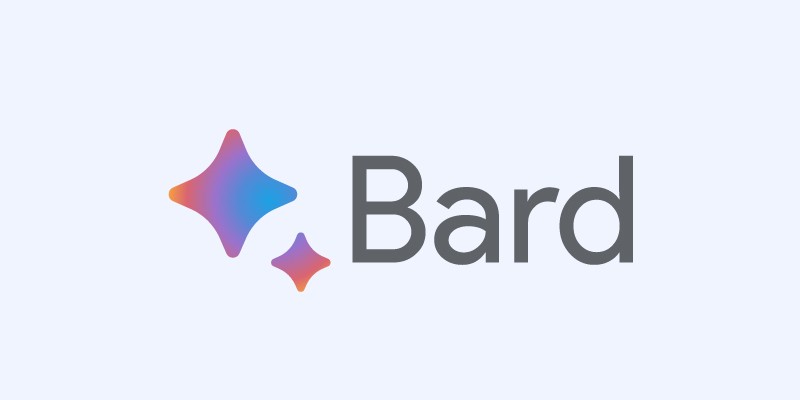
On March 21, 2023, Google made Bard available to the public by requesting that users register for a waitlist. Google removed the waitlist on May 10, 2023, and Bard is now available in more than 180 countries and regions.
It was first stated that Google Bard would be coming out on February 6, 2023, but no date was given. Many believed that Google pushed Bard before it was ready due to the positive publicity and success of ChatGPT. For instance, it gave the wrong answer to a question during a Google and Alphabet CEO Sundar Pichai live show.
A person in the demo asked Bard, “What new things can I tell my 9-year-old about the James Webb Space Telescope?” “The JWST took the very first pictures of a planet outside of our solar system,” Bard said in its answer. A lot of astronomers quickly pointed out on social media that Bard’s answer was wrong because the first picture of an exoplanet was taken in 2004 by a telescope on Earth. The embarrassing mistake caused Google to lose $100 billion in market value the next day.
What Can Google Bard can Perform?
Bard has numerous marketing and commercial uses: –
- Provide tips and ideas
- Answer queries
- Generate content
- Summarise text and data
- Modify the tone of your writing
- Translate language
- Solve mathematical problems.
- Develop code
Your query or constructed prompt either evaluates the calibre of the response or depends on the level of specificity in your prompt.
The generic answer becomes less specific as the level of detail decreases, and conversely.
Bard, like ChatGPT, retains a record of all previous prompts and responses exchanged within your conversation. Based on this data, subsequent responses will be personalised.
Bard’s additional feature that is absent from other well-known chatbots is sourcing.
Bard incorporates citations and links to sources whenever it includes images or quotations in its responses.
In this era of misinformation, it is vital to validate responses by demonstrating the source of information.
As well, as Bard develops, it continues to add functionality. The most recent update added several additional features: –
- The capability to generate test cases and update APIs
- Support for new languages (Japanese and Korean)
- Visual Search (powered by Google Lens)
Bard also intends to release Adobe Firefly, an image generator propelled by artificial intelligence.
Firefly was developed in competition with OpenAI’s DALL-E 2, an additional AI text-to-image generator, by Google and Adobe.
It will produce images and provide the capability to submit them using Adobe Express, an integrated content creation tool.
Google Bard limitations
As demonstrated during its initial presentation, Bard, like all AI chatbots, must be taught and trained to provide accurate responses in the face of false or deceitful data. Training AI is an unending and computationally intensive process due to the perpetual acquisition of new information.
Is Bard free?
Before the publication of Bard, Google had not indicated that there might be fees associated with its use. Google has never assessed charges for its services, including its cloud offerings. Bard would be integrated seamlessly into Google’s primary search engine, rendering it cost-free for users.
Following its rebranding as Gemini, Google implemented a paid tier for its web application. A $20 monthly Gemini Advanced subscription is now available to users. This tier utilises Gemini Ultra language models, which are enhanced iterations of Gemini. Individuals who select the complimentary tier are granted access to the Gemini Pro model.
A Google One subscription provides access to Gemini Advanced, 2 TB of storage space, and supplementary Google Workplace functionalities.
Google Bard vs. ChatGPT
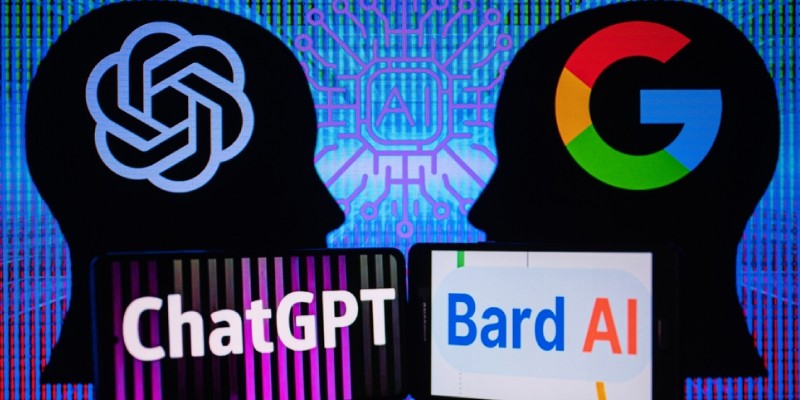
Both ChatGPT and Bard are avatars that implement LLMs and NLP. Despite their similarities, the following are the fundamental distinctions between the two.
PaLM 2 LLM powers the Google Bard Chatbot. It is accessible in 230 territories and countries. It uses current data and allows you to ask an unlimited number of daily queries. Additionally, it cites sources and indicates the origin of the information.
The ChatGPT chatbot operates on the GPT-4 LLM framework, which is prevalent but prohibited in specific nations. Information is limited to September 2021. The free version provides unlimited enquiries, while ChatGPT-4 permits 50 questions every four hours. The source of the information remains undisclosed.
Sourcing Information
ChatGPT underwent online content training until September 2021. Due to its inability to retrieve current information online, the available data is till the specified termination date.
Bard searches the entirety of the internet for immediate responses.
Paid and Free Plans
Google Bard is currently available for free, although the company has recently rebranded as Gemini and introduced a premium plan called Gemini Ultra 1.0 language model for $19.99 per month. There are both free and paid tiers on ChatGPT.
The free version of ChatGPT-3.5 is unlimited about the questions you can ask. But sometimes, you might get lower-quality answers if you ask complex questions.”
ChatGPT-4, the paid variant, is limited to fifty questions every four hours. However, its sophisticated LLM training provide highly informative and true responses.
Limitations Regarding Technology
Currently, Google Bard is accessible without restriction in 230 countries and territories.
ChatGPT, nevertheless, has encountered prohibitions in several nations:
- A ban in Italy for a short time due to issues about data privacy
- Due to internet censorship, North Korea, Iran, Cuba, and Syria have imposed bans.
- Additional legislation about AI is currently under development in the United States and other countries.
Other Options to Google Bard
There were already many AI tools out there before ChatGPT came along. Many new companies were complex at making their versions of conversational AI, but they were getting less attention than ChatGPT would later. When Bard first came out, it had to deal with competitors like: –
Microsoft Bing
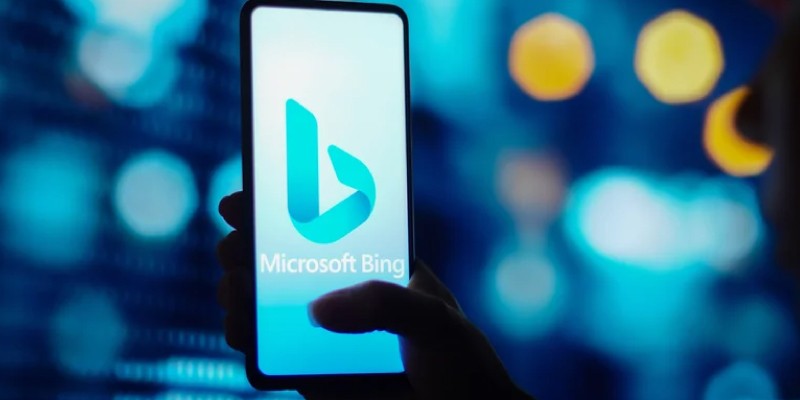
In collaboration with OpenAI, Microsoft Bing aims to provide a search experience akin to Google’s Bard. Users can expect traditional Bing search results paired with responses generated by GPT-4, facilitating natural language interaction.
YouChat
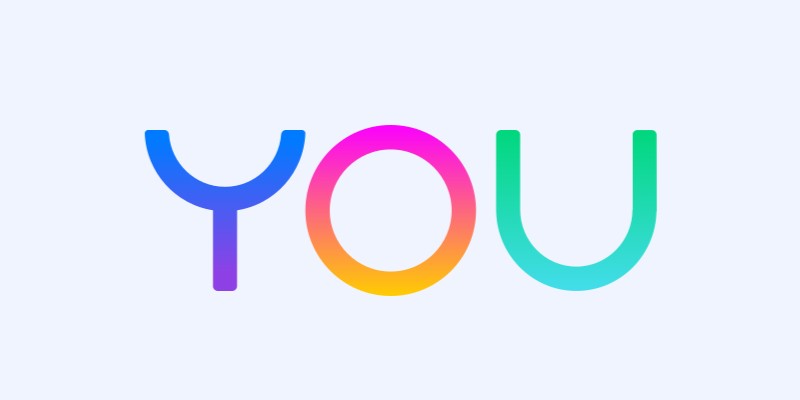
YouChat, hailing from the You.com search engine in Germany, offers a unique proposition by furnishing answers and providing citations for verification. Users can fact-check responses directly through You.com’s platform, for better transparency and honesty.
Jasper Chat
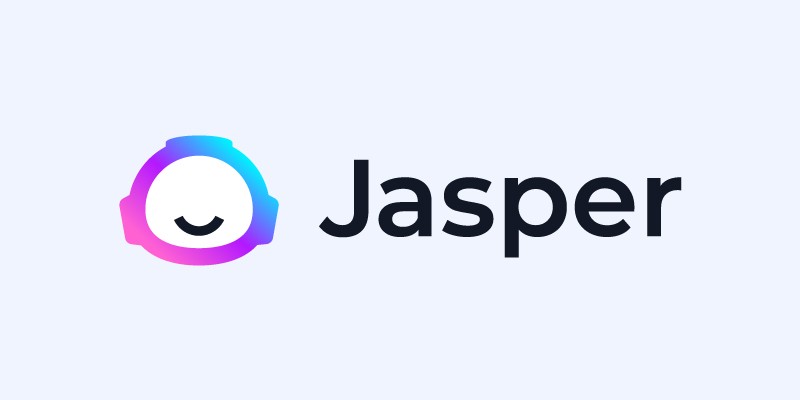
Jasper Chat caters to businesses seeking tailored content creation and customer interactions. This AI copywriting tool enables users to input SEO keywords and specify tone, streamlining the process of generating brand-relevant content.
ChatSonic
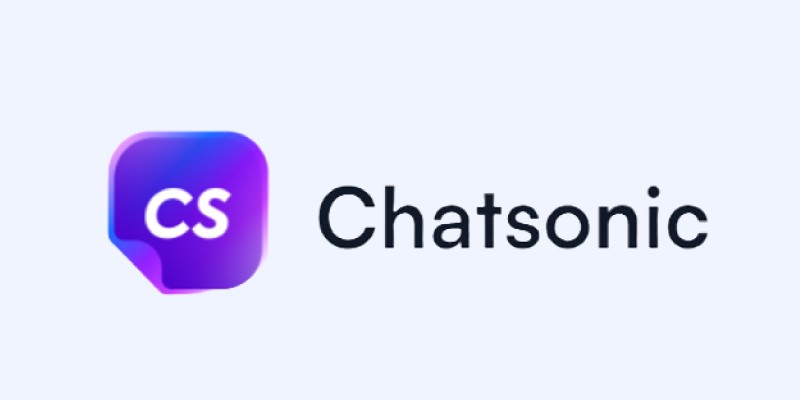
ChatSonic, a potent alternative to ChatGPT, integrates Google Search with WriteSonic, an AI-powered text generator. Users can engage in real-time discussions to craft text or images, though full access requires a monthly subscription beyond the free trial.
What makes Google give Bard a new name, “Gemini”?
Google recently enlightened us with some updates in a blog post. A Bard AI chatbot is now Gemini, which introduced a new Gemini app. The Gemini Ultra large language model, which is only available with a paid premium subscription, is now available.
Since the announcement, however, users have been confused as to why Google renamed its most popular AI text-based robot, Gemini, why this rename. After much expectancy, CEO Sundar Pichai finally cleared up the subject in his most recent meeting.
Pichai disclosed the reason for the name change during an interview with CNBC.
“For us, Gemini is our approach overall in terms of how we are building our most capable and safe AI model, and Bard was the most direct way that people could interact with our models, so it made sense just to evolve it to be Gemini because you are talking directly to the underlying Gemini model when you use it.”
“I think it will also be how we will keep advancing our models, and users can experience it directly, so we thought the name change made sense.”
On Gemini Advanced subscription
“Gemini Ultra 1.0 language: is a model that Google recently made public; here, users can collaborate on creative projects, code, and perform logical reasoning, as well as follow detailed instructions. On massive multiplex language understanding (MMLU) assessments, Bard Advanced is the first language model to outdo human expertise.
Surprisingly, Google put forward its most sophisticated language model via OpenAI. It is paid and has a $19.99/month Google One AI Premium Plan.
Regarding the Gemini Advanced subscription, Pichai stated: –
“Gemini Advanced has access to Ultra 1.0, which is our most capable model to date. It just gives you more capabilities, it is particularly good at complex queries, multiturn queries, it has perfect workspace integration, it is built from the ground up to be natively multimodal so when you attach images and queries it really shines.”
Conclusion
Google’s AI chatbot, Bard, now called Gemini, can be a powerful player in conversational AI techs due to its real-time information gathering and ability to connect to Google’s services.
The change from Bard to Gemini chatbot shows that Google is keen to improve AI models and give people the most convenient approach for finding information.



















































Leave a Reply